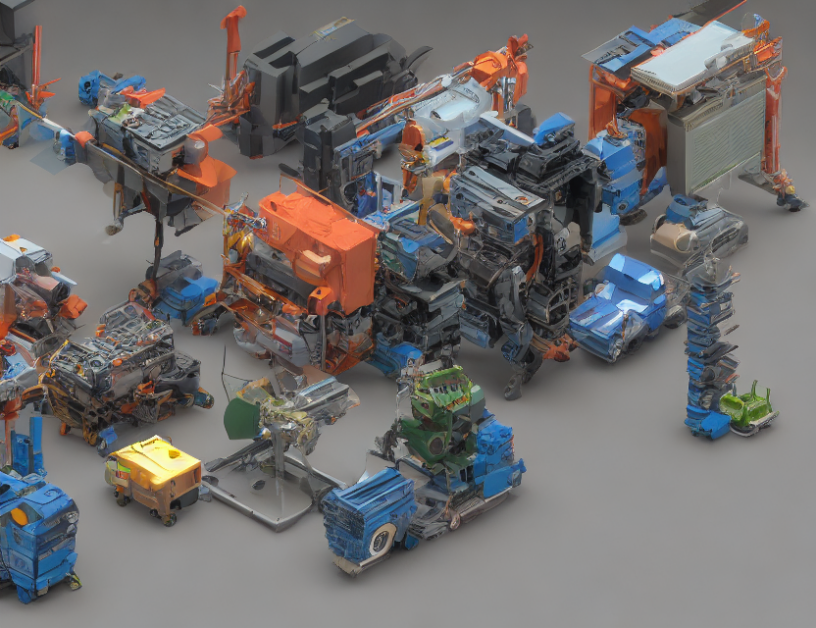Object detection is a crucial task in computer vision, and Sparse R-CNN is a recent approach that seeks to improve the accuracy and efficiency of this process. In this article, we will delve into the details of Sparse R-CNN and explain how it works, focusing on its key components and their roles in enhancing object detection.
Firstly, let’s define what Sparse R-CNN is. It is an end-to-end object detection framework that utilizes learnable proposals to improve the accuracy of object detection. In other words, Sparse R-CNN learns how to generate high-quality proposals (regions of interest) for object detection, rather than relying on predefined ones. This approach allows Sparse R-CNN to adapt to different scenarios and objects, making it more efficient and accurate than traditional methods.
Now, let’s dive into the components of Sparse R-CNN
- Proposals: These are the regions of interest generated by the network for object detection. In Sparse R-CNN, proposals are learnable, meaning they can be modified during training to improve their quality. The number of proposals is a hyperparameter that needs to be set before training, and it controls the number of regions of interest generated by the network.
- Anchors: These are used to generate bounding boxes around detected objects. Anchors are also learnable in Sparse R-CNN, which allows the network to generate more accurate bounding boxes. The number of anchors is a hyperparameter that needs to be set before training.
- Classifier: This is a critical component that distinguishes objects from each other based on their features and properties. The classifier is trained along with the proposals and anchors, allowing it to learn how to accurately classify objects within bounding boxes generated by the anchors.
- Refinement module: This module refines the predicted bounding box coordinates of each object. It does this by iteratively adjusting the box coordinates based on the distance between the predicted location and the ground truth location.
Now, let’s talk about how Sparse R-CNN improves object detection compared to traditional methods. One significant advantage is that it can handle large aspect ratio objects, which are crucial in many applications such as autonomous driving. Traditional methods struggle with these objects due to their complex shapes and sizes.
Another advantage of Sparse R-CNN is its efficiency. It requires fewer computations compared to traditional methods, making it faster and more scalable for real-world applications. This is because Sparse R-CNN only focuses on the most relevant regions (proposals) generated by the network, whereas traditional methods examine every pixel in the image.
Finally, let’s discuss some of the experiments conducted to evaluate the performance of Sparse R-CNN. The results show that it outperforms several state-of-the-art object detection methods on the DOTA-v1.0 test set, including CNN-based detectors. Specifically, Sparse R-CNN achieves 76.93% mAP (mean Average Precision) for the entire dataset, which is a significant improvement over other methods.
In conclusion, Sparse R-CNN is a powerful and efficient object detection framework that utilizes learnable proposals to improve accuracy and speed up computations. Its ability to handle large aspect ratio objects and its high performance on several benchmark datasets make it an attractive choice for real-world applications such as autonomous driving, surveillance systems, or robotics.



